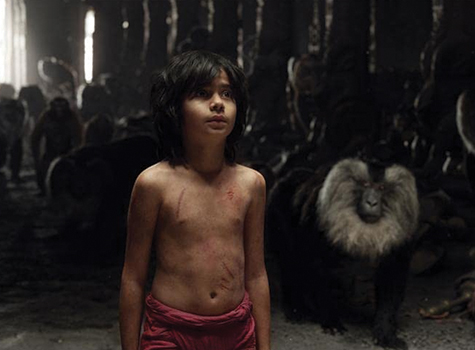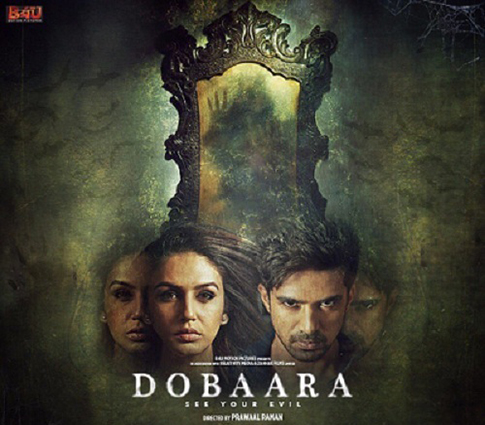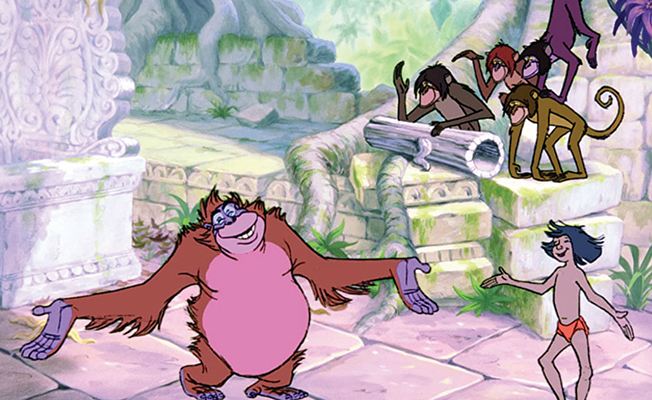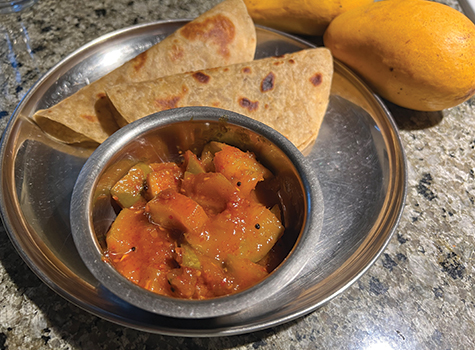By Jennifer Allen

With a world slowly rebuilding itself after a year of isolation, you’d think that the entertainment industry would decide to up the ante to entice us all back out of our homes, right?
Unfortunately, it seems that we’re only delving deeper and deeper into the world of remakes, retellings, origin stories of previously established characters, and of course… sequels.
The thing is that US cinema is not the only culprit of this trend. South Asian cinema has become just as bad if not worse. I’ve seen more than my fair share of either Bollywood or Tollywood films that pops up as a remake of either a film from another country or a movie that was initially released in one language but then is remade a few years later in another with completely different actors, sets, music, and so on.
 Now it isn’t to say that all of these films are bad. In some rare cases a remake can be better than the original. A prime example is the horror film Oculus which got a Hindi remake with Dobaara a couple of years later. Both films have their merits, and the original’s producer even lending a hand with the remake. While Dobaara does change enough of the story to separate it from Oculus, it is still a remake. Then again, those same changes are what make Dobaara a better film, in my opinion.
Now it isn’t to say that all of these films are bad. In some rare cases a remake can be better than the original. A prime example is the horror film Oculus which got a Hindi remake with Dobaara a couple of years later. Both films have their merits, and the original’s producer even lending a hand with the remake. While Dobaara does change enough of the story to separate it from Oculus, it is still a remake. Then again, those same changes are what make Dobaara a better film, in my opinion.
But for the most part, I’m hesitant with remakes. With each new announcement of a new remake, I can’t help but wonder if this new vision will stay (mostly) true to the original. Like what happened with Dobaara, there’s always going to be some changes, but will these differences be beneficial or help to improve the original?
Now more recently the idea of a remake has been juggled around a bit and changed to reimagining or the newest trend of giving a character an origin story that no one really asked for. Do we really need to know the previous history of certain famous movie villains to make them more sympathetic? Why can’t a villain simply remain an enigmatic figure who terrifies us every time he or she appears on screen?
Often, any attempt to make this ‘new’ movie concept into an appealing one, the self-same movie often makes a giant misstep. They often try to do something cool by modernizing the original with a ton of needless CGI, crazy sets and costumes, or updating the music.
The vast majority of remakes are made with the sole intent of making money, and especially with the general populace so thirsty for any sort of entertainment right now… we’re all more than willing to fork out as much as possible.
This is especially true with Disney remakes as of late. They seem to be on this trend of taking existing properties within their vast library of fairy tales and legends and making them all shiny for a whole new generation with live action versions. They change enough of the films to differentiate from the originals like adding some lightly different plot details or a couple of new songs… but in the end they’re just near carbon copies of their predecessors.
So far I’ve only seen two Disney live versions that actually improve upon their originals as an art form.

One of them was the 2016 version of The Jungle Book directed by Jon Favreau. The 1967 original was a classic, but it was a lighthearted film made from approximately 1/3 of Rudyard Kipling’s original story which added some very memorable musical numbers to pad out the time. The 2016 version, in comparison is much grittier, more serious, and offers much more beautiful visuals. It also takes the elements of the 60’s version and uses it as the basis to explore more thought-provoking themes. While the character of Shere Khan in the newer one is (slightly) more sympathetic due to his fear of Man’s ability to destroy the jungle with fire, he is proven to be right when at the end of the film Mowgli gains this power and ultimately destroys the one thing he’d learned to love. The lesson that this man-child must learn is ultimately more profound compared to the original where he simply wanders off to a village after spying a pretty girl.
The result is something both familiar and refreshing, and thus Favreau’s version becomes worthwhile as a remake. It provided more than what the original did, yet doesn’t ignore its origins either.
A lot of remakes or retellings are far too shackled to their original versions which in turn make their necessity becoming completely pointless and meaningless. The remake needs to give more value to the audience rather than present itself as “the same movie, done differently”.
This is why films like the 2016 The Jungle Book and Dobaara work. They’ve been made as improvements, with different points of view and the addition of themes previously unexplored in the original versions. Honestly, that’s what every remake should strive for.
It’s just so disappointing that there are so many movies lately that are being made not for the sake of creativity and art, but for the sake of the box office. We need more emphasis on screenplays that can change the industry. Get more original films on the big screen. There is an abundance of creativity out in the world. Don’t let a new bright idea be wasted and looked over because of the want to get money or more publicity. Help those who are aspiring filmmakers get their voices heard.
But if you must work on a remake, at least give the audience a compelling reason to see it. Give it enough value for audiences who return to once again enjoy a story they love, but not just a walk down the same park where the flowers this time around are made of plastic.
Jennifer Allen works at Saathee and is also a Podcaster, Blogger, Photographer, Graphic Artist, Gamer, Martial Arts Practitioner, and all around Pop Culture Geek.



